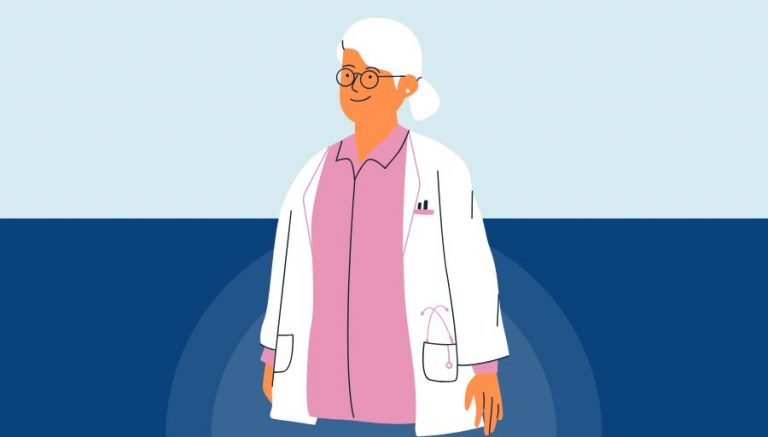How To Use HCPCS Code A6539
HCPCS code A6539 describes a specific type of medical supply known as a gradient compression stocking. This code is used to identify waist-length stockings that provide a compression level of 18-30 mmHg. In this article, we will explore the details of HCPCS code A6539, including its official description, procedure, when to use it, billing guidelines, historical information, Medicare and insurance coverage, and provide examples of when this code should be billed.
1. What is HCPCS A6539?
HCPCS code A6539 is used to identify gradient compression stockings that are waist length and provide a compression level of 18-30 mmHg. These stockings are designed to apply pressure to the legs, helping to improve blood flow and reduce swelling. They are commonly used in the treatment of conditions such as lymphedema, venous insufficiency, and deep vein thrombosis.
2. Official Description
The official description of HCPCS code A6539 is “Gradient compression stocking, waist length, 18-30 mmHg, each.” The short description is “Gc stocking waistlngth 18-30.”
3. Procedure
- To use HCPCS code A6539, the healthcare provider would first assess the patient’s condition and determine the appropriate compression level and length of the stocking.
- The provider would then measure the patient’s leg to ensure a proper fit for the stocking.
- The gradient compression stocking would be applied to the patient’s leg, starting at the foot and working upward.
- The provider would ensure that the stocking is snug but not too tight, as proper compression is essential for optimal results.
- Instructions would be provided to the patient on how to properly wear and care for the stocking.
4. When to use HCPCS code A6539
HCPCS code A6539 should be used when providing or billing for waist-length gradient compression stockings with a compression level of 18-30 mmHg. These stockings are typically used in the treatment of conditions such as lymphedema, venous insufficiency, and deep vein thrombosis. It is important to ensure that the patient meets the eligibility criteria for the use of these stockings, as determined by the healthcare provider.
5. Billing Guidelines and Documentation Requirements
When billing for HCPCS code A6539, healthcare providers need to document the medical necessity of the gradient compression stockings and provide supporting documentation, such as the patient’s diagnosis, prescription, and measurement of the leg. It is important to follow the specific billing guidelines set forth by Medicare or other insurance carriers to ensure proper reimbursement.
6. Historical Information and Code Maintenance
HCPCS code A6539 was added to the Healthcare Common Procedure Coding System on January 01, 2006. As of the effective date of January 01, 2024, there has been a change in the administrative data field of the procedure or modifier code. This code falls under the pricing indicator code 40, which indicates that it is classified as a lymphedema compression treatment item. The multiple pricing indicator code A signifies that the code is not applicable as HCPCS priced under one methodology. The code is categorized as a surgical dressing or other medical supply, as indicated by the type of service code S.
7. Medicare and Insurance Coverage
HCPCS code A6539 is eligible for coverage by Medicare and other insurance carriers. The pricing indicator code 40 indicates that Medicare recognizes this code as a lymphedema compression treatment item. However, it is important to verify coverage and reimbursement policies with each individual insurance carrier, as coverage may vary.
8. Examples
Here are five examples of when HCPCS code A6539 should be billed:
- A patient with lymphedema requires waist-length gradient compression stockings with a compression level of 18-30 mmHg to manage swelling in their legs.
- A patient with venous insufficiency needs waist-length gradient compression stockings to improve blood flow and reduce symptoms such as leg pain and swelling.
- A patient who recently underwent deep vein thrombosis treatment requires waist-length gradient compression stockings as part of their post-treatment care plan.
- A patient with chronic leg ulcers benefits from wearing waist-length gradient compression stockings to promote healing and prevent further complications.
- A patient with a history of varicose veins uses waist-length gradient compression stockings to alleviate discomfort and prevent the progression of the condition.


